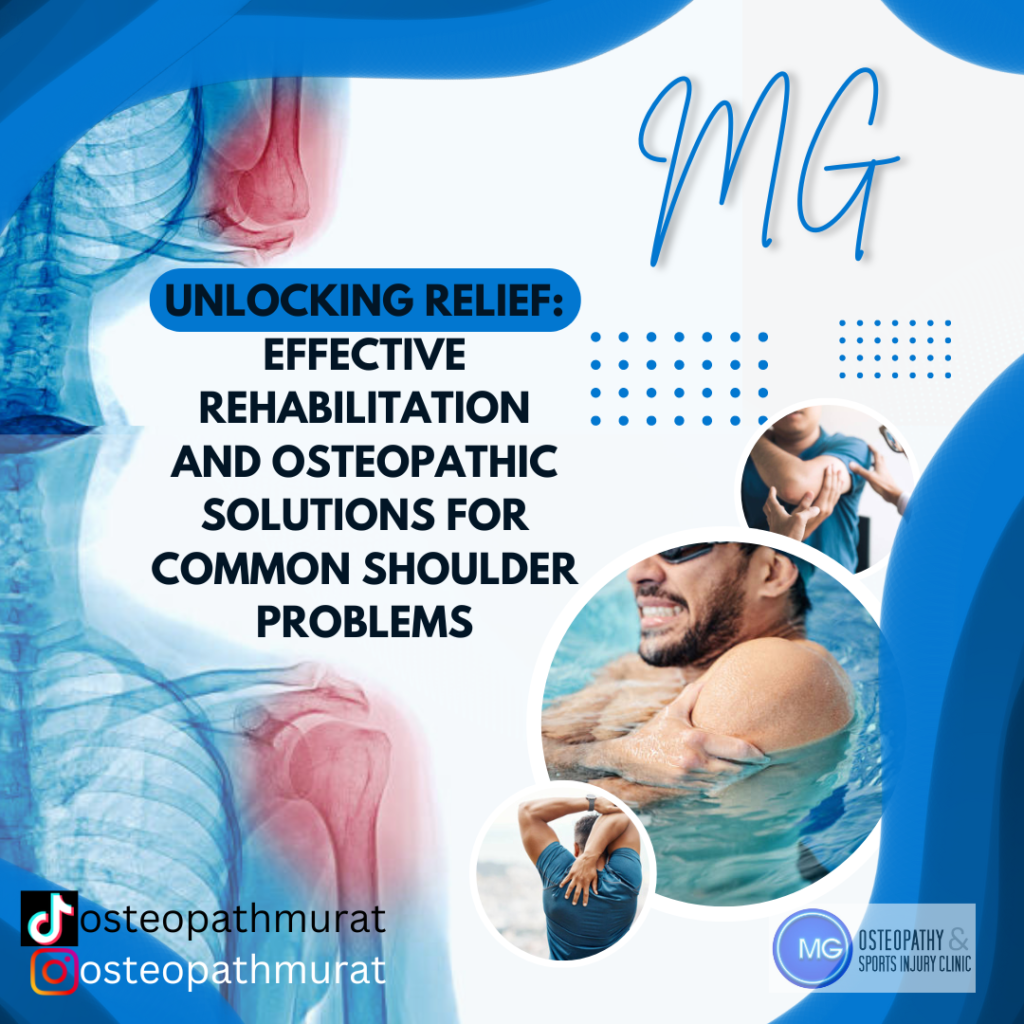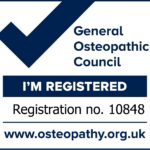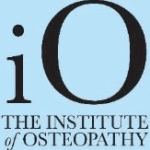The shoulder is a complex and highly mobile joint, making it susceptible to various injuries and conditions. In this blog, we’ll explore some common shoulder problems, their symptoms, and how Osteopathic management can aid in rehabilitation and recovery.
Common Shoulder Problems
- Rotator Cuff Injuries
- Symptoms: Pain and weakness in the shoulder, particularly when lifting the arm or reaching overhead.
- Causes: Repetitive stress, trauma, or degeneration of the tendons.
- Types: Tendinitis, bursitis, and tears (partial or complete).
- Frozen Shoulder (Adhesive Capsulitis)
- Symptoms: Stiffness and pain that gradually worsens, limiting the range of motion.
- Causes: Often idiopathic but can follow shoulder injuries or surgery.
- Phases: Freezing (painful phase), frozen (stiff phase), and thawing (recovery phase).
- Shoulder Impingement
- Symptoms: Pain when lifting the arm, especially overhead, and a feeling of catching in the shoulder.
- Causes: The rotator cuff tendons become compressed under the acromion.
- Associated Conditions: Rotator cuff tendinitis and bursitis.
- Shoulder Instability
- Symptoms: A feeling of the shoulder being loose or slipping out of place, pain, and recurrent dislocations.
- Causes: Traumatic injury, repetitive overhead activity, or congenital hypermobility.
- Types: Dislocation, subluxation, and multidirectional instability.
- Arthritis
- Symptoms: Joint pain, swelling, and stiffness, often worsening with activity.
- Causes: Degenerative changes (osteoarthritis) or inflammatory conditions (rheumatoid arthritis).
Rehabilitation and Management
Effective rehabilitation of shoulder problems typically involves a combination of rest, physical therapy, and specific exercises to restore function and reduce pain. Here’s a general approach:
- Rest and Activity Modification
- Avoid activities that exacerbate symptoms.
- Use of slings or braces if necessary.
- Physical Therapy
- Range of Motion Exercises: Gentle stretching to improve flexibility.
- Strengthening Exercises: Focus on the rotator cuff and scapular stabilizers.
- Manual Therapy: Techniques such as joint mobilizations and soft tissue massage.
- Pain Management
- Use of ice or heat.
- Non-steroidal anti-inflammatory drugs (NSAIDs).
- Gradual Return to Activity
- Slowly reintroducing activities and sports to prevent re-injury.
Osteopathic Management
Osteopaths use a holistic approach to diagnose and treat shoulder problems, incorporating Osteopathic manipulative treatment (OMT) and other techniques.
- Osteopathic Diagnosis
- Comprehensive evaluation including medical history, physical examination, and diagnostic imaging if necessary.
- Identification of contributing factors such as poor posture, muscle imbalances, or systemic conditions.
- Osteopathic Manipulative Treatment (OMT)
- Myofascial Release: Gentle stretching and pressure to release tight muscles and fascia.
- Muscle Energy Techniques: Patient actively uses muscles from a precisely controlled position in a specific direction against a counterforce applied by the physician.
- High-Velocity Low-Amplitude (HVLA) Thrusts: Quick, therapeutic movements to restore joint mobility.
- Patient Education
- Guidance on posture, ergonomics, and activity modifications.
- Instructions on home exercises and self-care techniques.
- Collaborative Care
- Coordination with physical therapists, orthopedic specialists, and other healthcare providers for comprehensive care.
The MG solution
Here at MG, we aim to provide the most effective care for our patients through an indepth Osteopathic assessment, hands-on treatment and education of aggrevating movements or exercises. Adopting not only a personalised hands-on approach but a strong belief that what you do after treatment plays a significant role in how you feel. This combined with other modalities such as shockwave therapy, western acupuncture and hybrid sessions can bring you optimal improvement and relief.
Conclusion
Shoulder problems can significantly impact daily activities and quality of life. Early diagnosis and a tailored rehabilitation program are crucial for effective recovery. Osteopathic management, with its holistic approach and use of OMT, offers a valuable option for addressing both the symptoms and underlying causes of shoulder issues. By focusing on the whole person, osteopathic physicians aim to promote optimal health and function, facilitating a return to pain-free living.





